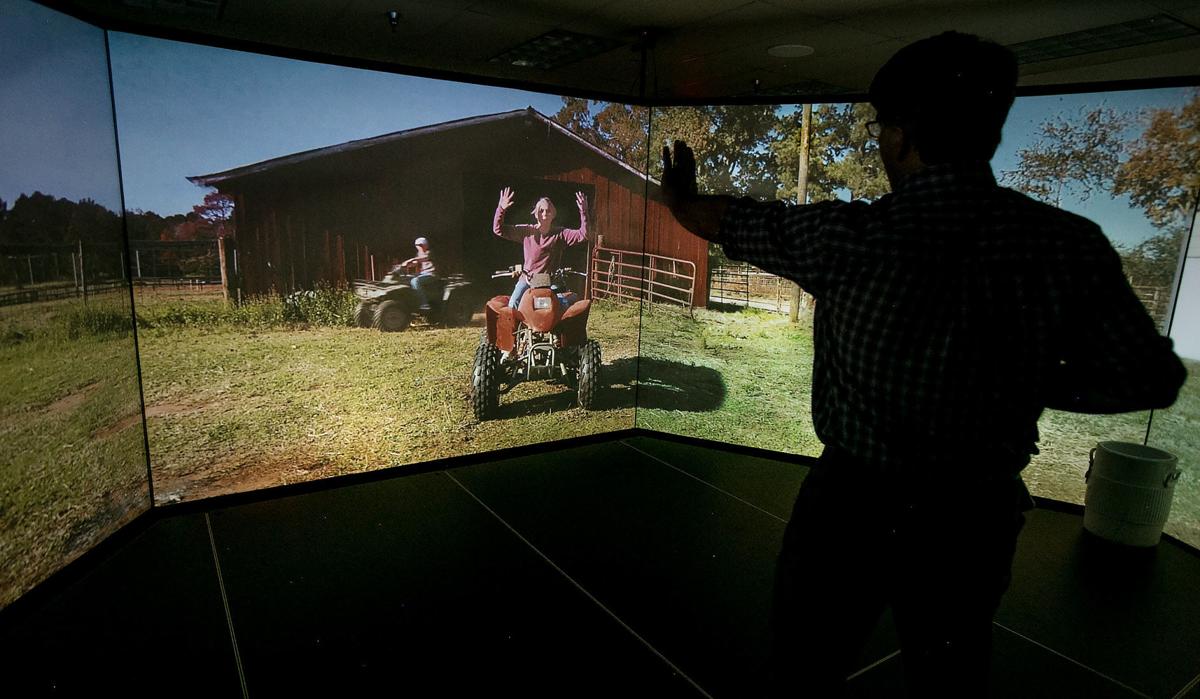PHOENIX т Motorists who speed or drift through stop signs may soon be paying a bit more in fines.
Legislation approved Tuesday by the УлшжжБВЅ Senate would tack a $4 penalty fee on all traffic fines. The proceeds would be used to pay for new training equipment for police agencies around the state.
But those who seek to avoid fines by going to defensive driving school wonтt get off the hook. HB 2527 tacks that same surcharge onto what they pay for those classes.
Mike Williams, who lobbies for the УлшжжБВЅ Police Association, said officers need access to the latest state-of-the art equipment to simulate situations they might find themselves in on the street. And that, he said, means more than just training to be sure that officers do not kill the wrong person.
He describes it as a room with screens covering 300 degrees. But itтs more than just a movie.
People are also reading…
тWhatтs different about it is the characters on the screen, which are filmed by live actors, they react to how you react,т Williams said.
тSo itтs not really just an тactive shooterт scenario,т he said. тA lot of it is teaching officers how to de-escalate a situation or talk somebody down from a situation.т
He also said the equipment has software that allows police departments to create their own situations. What that means, Williams said, is creating a situation in a local school to prepare for what might happen.
All that promotion still left some lawmakers cold т at least to the idea of yet another fee.
Sen. Sylvia Allen, R-Snowflake, said she sees the fee т and the $2.5 million a year it would raise т as just another unjustified growth of government, even for a good cause. And Sen. Warren Petersen, R-Gilbert, said he believes the state has plenty of revenues coming in now to meet its needs, including police training.
Williams, however, said the experience with the seven of these $300,000 interactive systems already set up across the state proves it works and is worthwhile.
He said the УлшжжБВЅ Police Department has already had many of its officers go through the training.
тItтs getting about a 97 percent approval ratingт from officers, Williams said.
The result, he said, is other departments want access.
Williams said УлшжжБВЅ could use a second simulator, made available to other Southern УлшжжБВЅ police agencies. He said there also are requests from sheriffтs departments in Pinal and Yavapai counties.
The new simulation software isnтt the only thing on the law enforcement shopping list if it gets more money.
Williams said police departments and their training academies also want a тvirtual shooting rangeт where officers practice their skills т but without live ammunition.
One issue, he said, is financial: A single bullet can cost anywhere from 30 cents to $2. By contrast, the cost of operating a virtual range is in the neighborhood of a quarter-cent per тtrigger pull.т
The $80,000 price tag for that, Williams said, pays for itself in about six months.
Tuesdayтs Senate vote sends the measure to the House, which has never considered the issue.
Williams said the legislation would allow a judge to waive the surcharge in cases of financial hardship.
On Twitter: @azcapmedia















